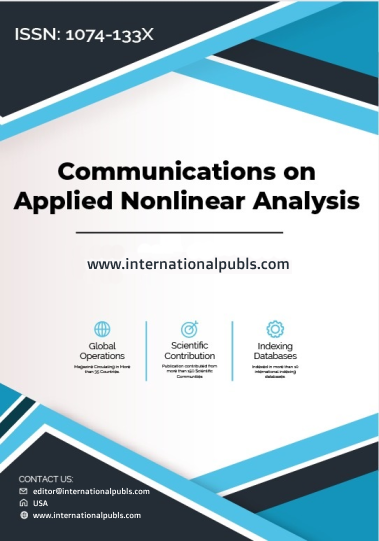Impact of RREQ Packet Flooding Attack on Wireless Sensor Networks: A Simulation-Based Study
Main Article Content
Abstract
This paper analyzes the impact of RREQ packet flooding on WSNs through simulations. WSNs are vital for applications like surveillance, healthcare, and environmental monitoring. However, they are susceptible to DoS attacks, such as RREQ packet flooding, which disrupts normal operations by overwhelming the network with excessive route requests. The study evaluates the effect of RREQ flooding on WSN performance metrics, including throughput, end-to-end delay, packet delivery ratio, energy consumption, and routing load. It also reviews relevant literature to provide background information and identify gaps in current knowledge.
Introduction: WSNs consist of distributed sensor nodes that collect and transmit data to a central base station for processing. WSNs face significant challenges, including malicious activities like DoS attacks, which aim to disrupt normal operations. RREQ packet flooding is a severe form of DoS attack that overwhelms the network with excessive Route REQuest packets, leading to communication channel saturation and congestion, thus hindering legitimate data transmission and compromising network performance.
Objectives: The objective of this paper is to conduct an in-depth analysis of the effects of RREQ packet flooding on various performance metrics of WSNs through extensive simulations. The study aims to understand the repercussions of this attack on throughput, end-to-end delay, packet delivery ratio, energy consumption, and routing load. Additionally, the paper seeks to identify existing gaps in the understanding of the impact of RREQ packet flooding and provide insights that can inform the development of effective countermeasures to safeguard WSNs.
Methods: The paper employs simulation-based methods to assess the impact of RREQ packet flooding on WSN performance. Various performance metrics such as throughput, end-to-end delay, packet delivery ratio, energy consumption, and routing load are evaluated. A thorough literature review is also conducted to contextualize the analysis and identify knowledge gaps. The simulations are designed to mimic real-world scenarios to provide accurate and relevant results.
Results: The simulations reveal that RREQ packet flooding significantly affects WSN performance. Key findings include a decrease in throughput, an increase in end-to-end delay, a reduction in packet delivery ratio, higher energy consumption, and increased routing load. These results highlight the detrimental impact of RREQ packet flooding on the overall functionality and efficiency of WSNs.
Conclusions: The paper concludes that RREQ packet flooding poses a substantial threat to the performance of WSNs. The findings underscore the importance of developing robust defense mechanisms to protect WSNs from such attacks. The insights gained from this study can inform the creation of more resilient and reliable WSNs, capable of withstanding RREQ packet flooding and similar threats.
